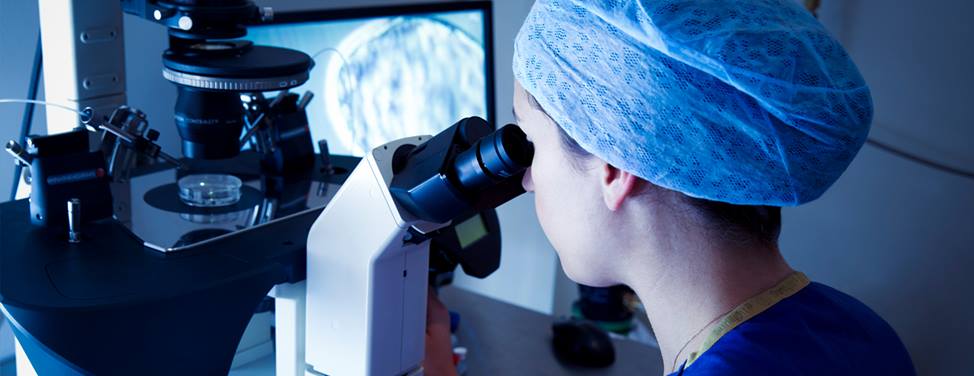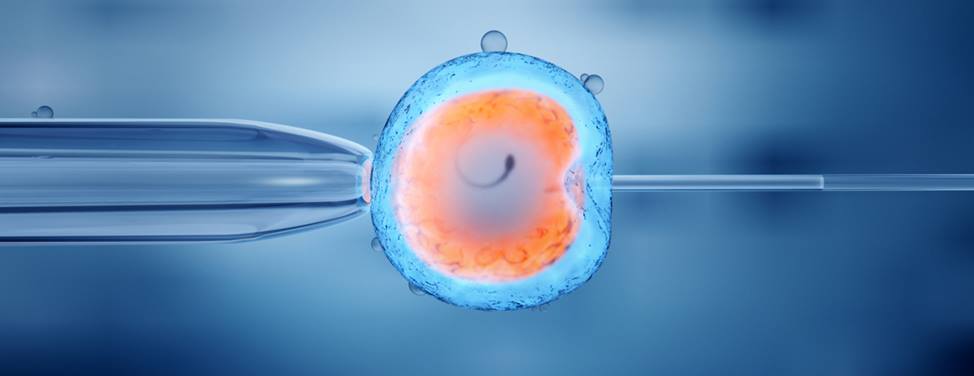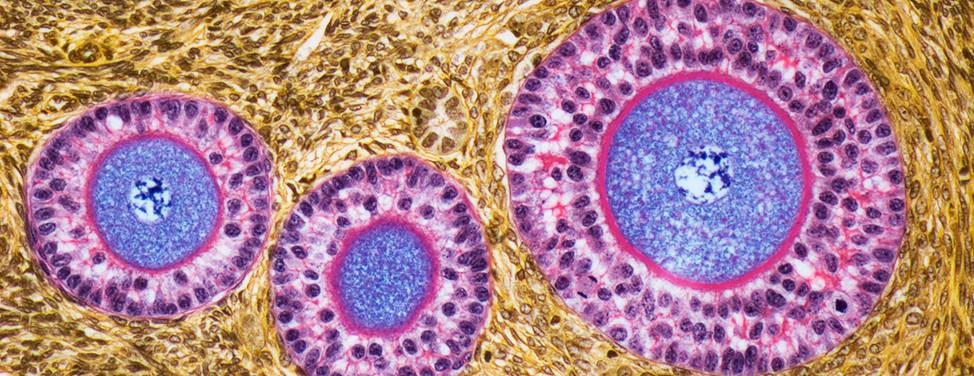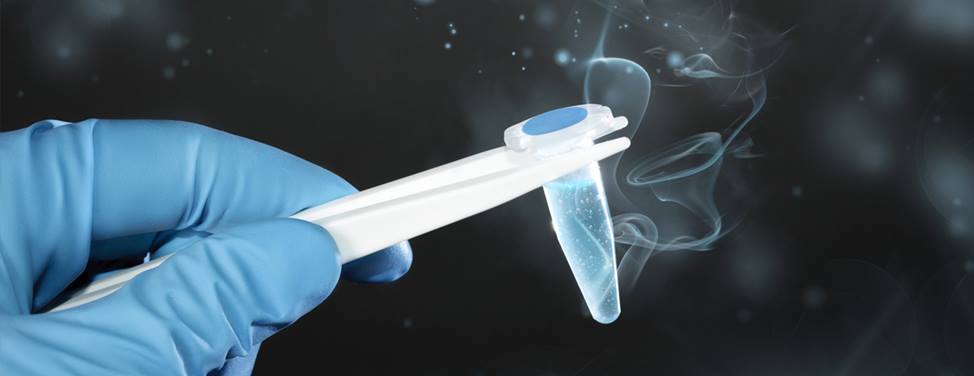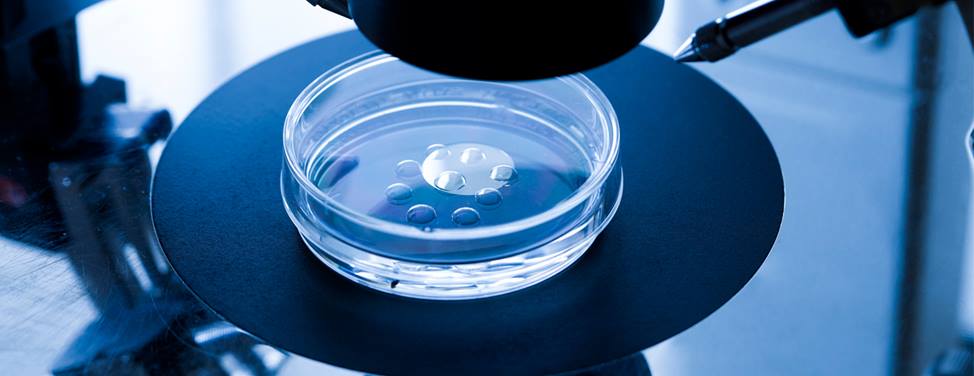Intrauterine insemination (IUI), a method of artificial insemination, is the process of preparing and delivering a highly concentrated amount of active, motile sperm directly through the cervix into the uterus. Typically, IUI is performed while a woman is taking drugs to stimulate ovulation. The procedure is commonly used as a low-tech, cost-effective way to enhance fertility.
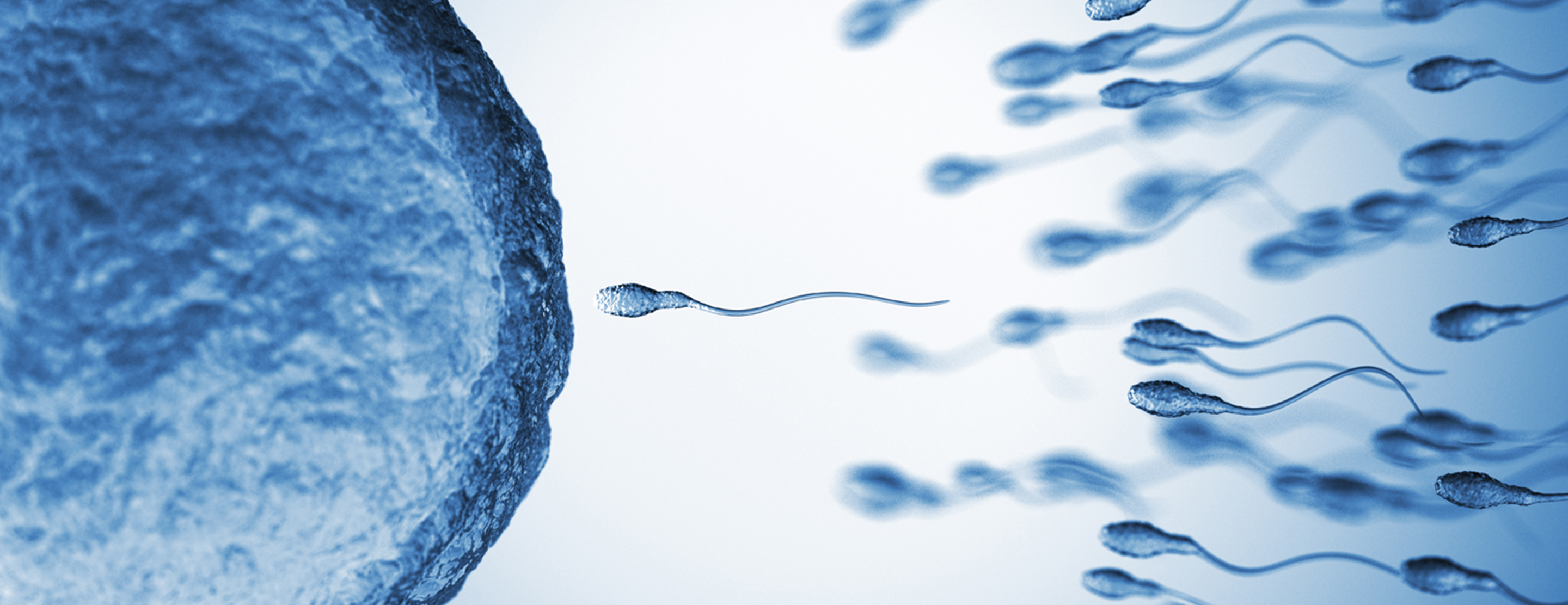
Intrauterine Insemination (IUI)
Evaluation and Tests
Before beginning IUI treatment, women must undergo an X-ray test, called a hysterosalpingogram, to document that they have at least one open fallopian tube.
Male partners providing a semen specimen for IUI must be tested for infectious diseases. If a woman is using donor sperm from a sperm bank, she must be tested for infectious diseases before beginning donor sperm inseminations. The specific tests required are HIV, HTLV I, RPR (a test for syphilis), hepatitis B surface antigen, and hepatitis C antibody. This testing is required by California state law. Before an IUI can be performed, the tests must be complete and our office must have received the results. There are no exceptions to this policy.
Depending on the blood laboratory you use and the doctor who orders the testing, test results can take anywhere from seven days to four weeks to arrive in our office. We recommend completing these tests as soon as possible to avoid added stress at treatment time. You're responsible for ensuring that these lab tests are in your medical records at UCSF. Once testing is complete, women can waive repeat testing for subsequent treatment cycles, if needed.
Procedure
There are several ways to prepare sperm for IUI, all of which involve separating sperm from seminal fluid. It's not possible to inject semen that hasn't been separated directly into the uterus, as chemicals in the fluid can cause extremely painful uterine contractions.
At UCSF, we primarily use a method of sperm separation called density gradient separation. In this technique, motile sperm are separated from dead sperm and other cells through the use of viscous solution. This process takes approximately two hours.
After preparation, the sperm concentrate is placed through the cervix into the uterus using a thin, flexible catheter. The procedure takes about five to 10 minutes. The patient may experience mild cramping, but that should go away shortly after the procedure is completed.
There is a small risk of infection following IUI — less than 1 percent.
Medications to Increase Success Rates
Studies suggest that IUI success rates are enhanced if the woman also undergoes moderate treatment with medications. A decision to take medication to stimulate the ovaries would be made in consultation with your doctor.
Most patients start with either clomiphene citrate or Letrozole oral medications, taken for five days shortly after menstruation begins. Alternatively, you might be advised to take injectable fertility drugs, which are more aggressive in stimulating multiple egg release. The more eggs you produce during a treatment, the higher your chance for success, but also, the higher your chance of a multiple pregnancy.
UCSF Health medical specialists have reviewed this information. It is for educational purposes only and is not intended to replace the advice of your doctor or other health care provider. We encourage you to discuss any questions or concerns you may have with your provider.






